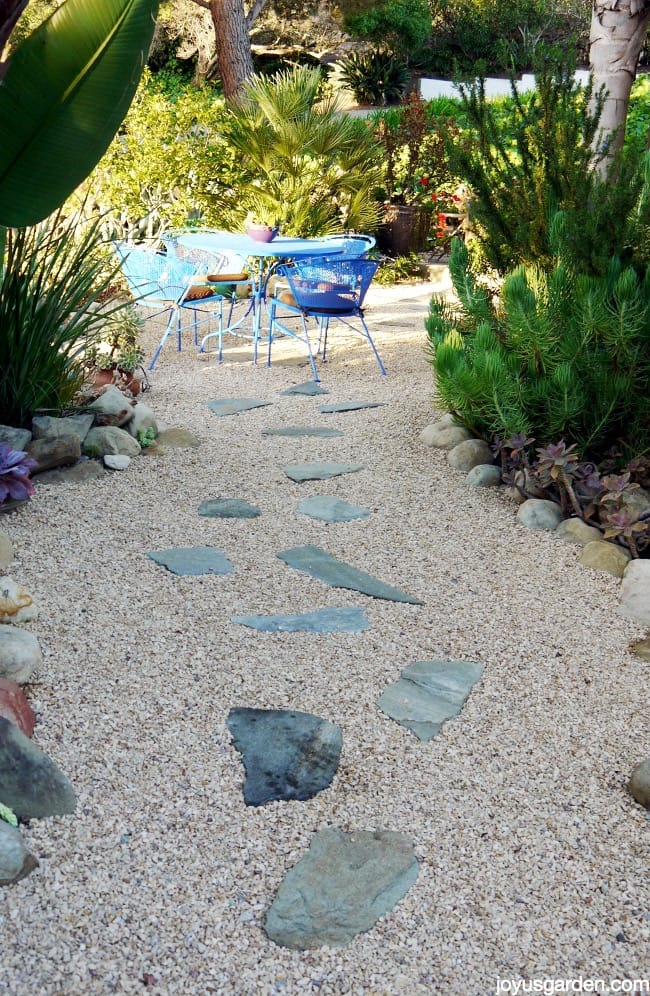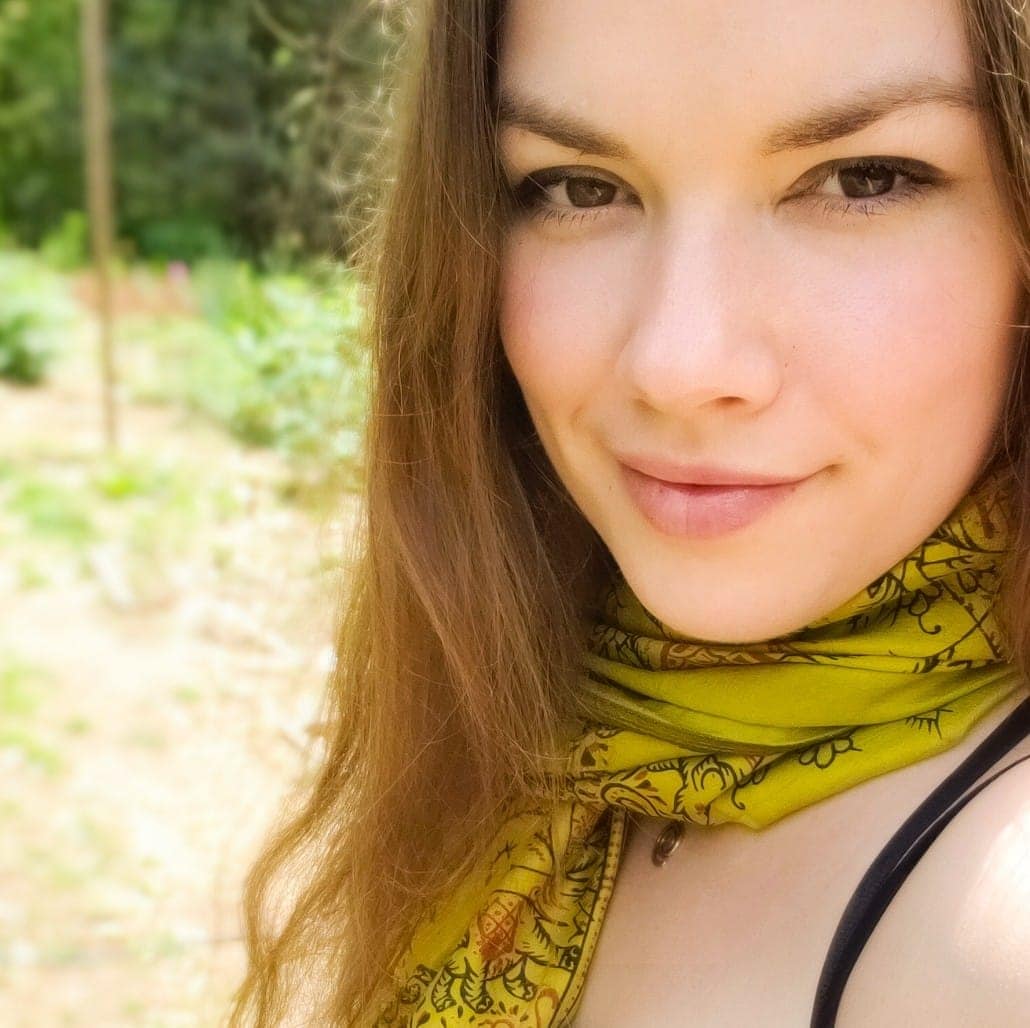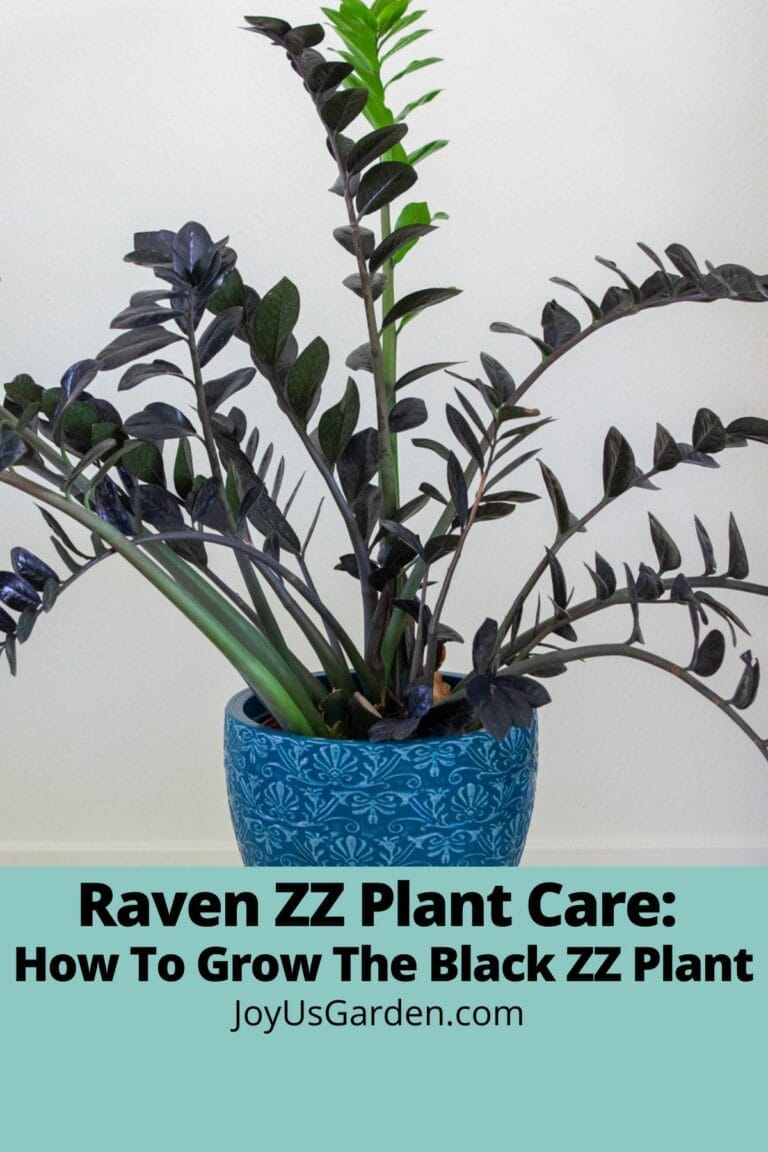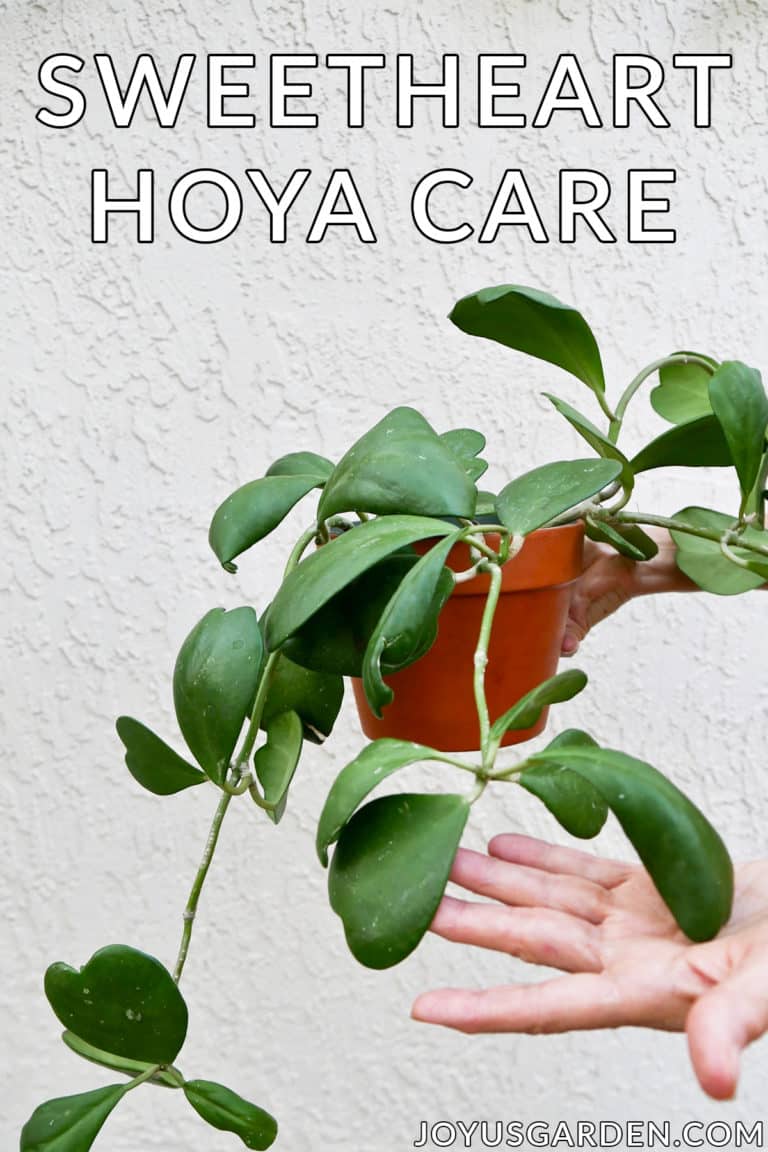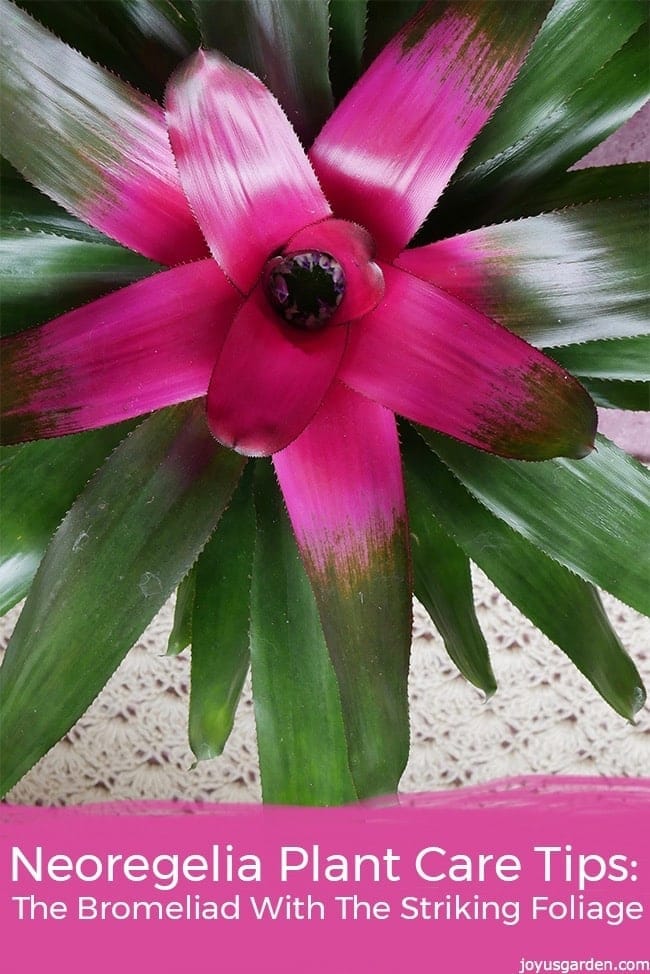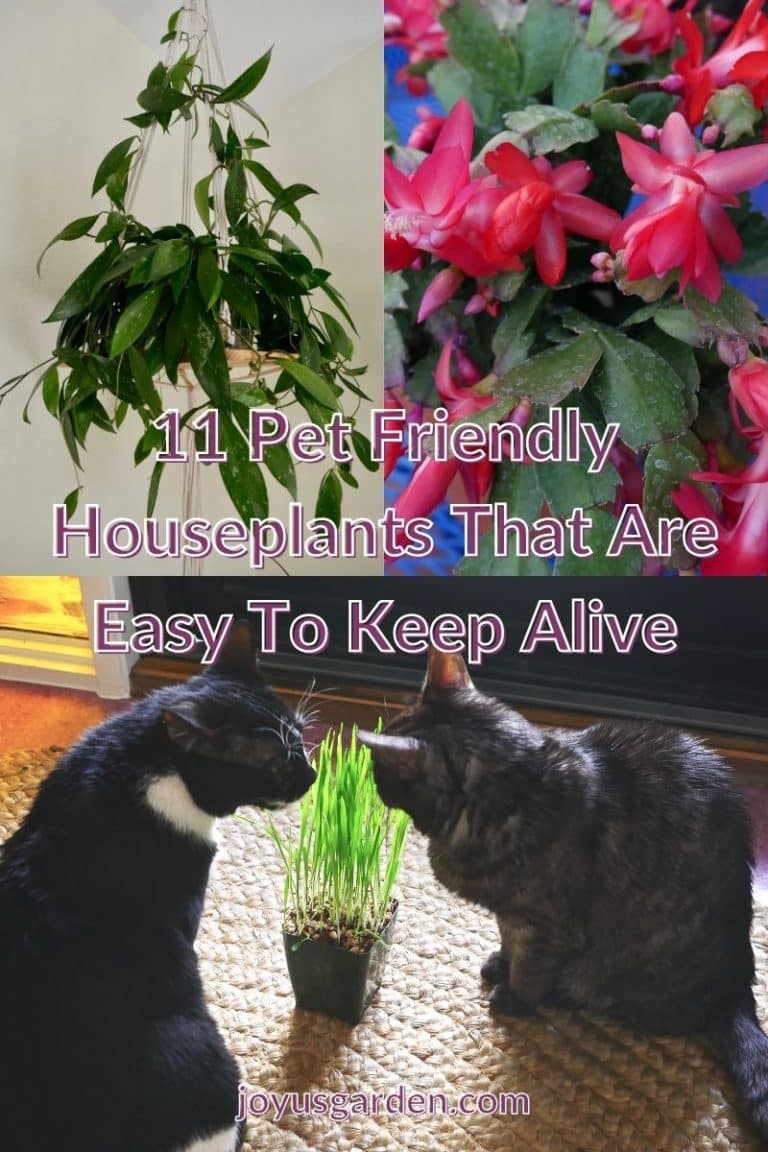Small Space Gardening Ideas: Tips For Small Garden Spaces
Urban gardeners and small space growers want to grow crops and ornamentals as much as large scale gardeners do. But cultivating a garden in a small yard can be challenging, regardless of whether you’re growing vegetables, herbs, or flowers. Large and sprawling plants can quickly overwhelm a small garden space, and urban gardens are often overshadowed by tall buildings and other structures that cut available light and make it harder to grow light-loving plants.
But while small space gardening has its own unique sets of do’s and don’ts, with the right plants, growing containers, and some creative planning, you can grow lots of crops and ornamentals in tight quarters. If you want to make smart use of a balcony, small patio, or other limited space, read on for tips and tricks on how to get the very most out of a small urban garden.
Small Space Gardening Ideas

Assessing Space and Sunlight
Before you start planting anything in your garden, you’ll first want to determine how much light your yard or garden space receives throughout the day. Some plants require more light than others, and knowing how much natural light falls in your garden area will help you determine what plants you can grow and the best place to position them.
One great option for determining where light falls in your garden is to create several sketches of your garden beds and shade in the sunny areas on the individual garden sketches at intervals of 2 to 3 hours throughout the day. Then, overlap the sketches and hold them up to bright light to see a basic “light map” of part shade, full sun, and full shade areas in your space. Or you can use stakes or small flags to mark shady and sunny spots in your garden as the light changes.
Keep in mind that light levels fluctuate throughout the year, and an area in full sun in early spring may be in deep shade once large trees leaf out in summer. That means you may need to be flexible with your garden design. One great way to make use of shifting light levels is to grow potted plants or a larger container garden on wheels and move your plants as needed to keep them in the sun!
Selecting Suitable Plants
Once you know how much light your tiny backyard receives throughout the day, it’s time to pick out your plants. Most vegetables require full sun or 6+ hours of bright light daily to grow properly; however, many ornamentals and even some edible plants will tolerate part to full shade. Remember, picking the right plants from the get-go can make your garden much easier to keep.
If your space receives full sun, you may want to grow a small vegetable garden or herb garden. But if you’re growing in shady space or wooded area, you may have better luck with shade-loving ornamentals, like ferns, foamflower, and lily of the valley. Some herbs, like dill and cilantro, can thrive in part shade, while leafy greens, turmeric and edible ginger plants can also handle lower light gardens.
As you consider your planting arrangements, think about what colors, flower shapes and planting styles appeal to you most.
Wildflower gardens have a delightfully colorful and wild look, while tiny formal gardens can also be slipped into a small space.
Even a small, urban backyard can have a few microclimates, such as a bright, dry spot or a soggy area. These spots can be great places for xeriscaping plants, like cacti and grasses, or a rain or water garden.
Vertical Gardening Solutions
Many gardeners never think about vertical space, but vertical gardening is always a great idea if you want to grow plants in a small area. Using trellises, trellis netting, tomato cages, and other supports can keep plants from growing wild. These structures can also help you fit more vegetables, herbs, and flowers in a small backyard… and they can add lots of aesthetic value, too.
Growers often believe they need a large garden to grow sprawling plants like melons and pumpkins. But even these vigorous vines can be trained to grow up a study, cattle panel trellis. Once they begin to fruit, DIY hammocks made of old pantyhose or scrap netting can be used to support heavy pumpkins and melons and keep tender stems from breaking. Or you can use trellising to grow a living wall with trailing plants, low maintenance groundcovers, herbs, small veggies, or succulents.
Beyond trellises, there are other ways to grow plants vertically. Wall planters, grow towers, window boxes, porch planters, rail planters, and shelves filled with small and large containers can be the perfect place to grow colorful ornamentals and other compact plants, like herbs. Trailing strawberry plants look particularly fetching in hanging baskets; growing them in this manner will save lots of space in tiny gardens!

Container Gardening Ideas
When it comes to planting containers, small space growers have a few solid options.
If you have enough space, a raised garden bed constructed with ledger board or galvanized steel can be an excellent growing spot for vegetables, herbs, and flowers. For best results, locate your raised bed garden on flat ground and fill it with a lightweight raised bed gardening mix. Utilizing the square foot gardening method can help you pack even more plants into your square footage and maximize your garden space.
Aside from raised beds, individual planting containers, hanging baskets, strawberry pots, deck rail planters, and window boxes can also hold a surprising amount of plants. Terracotta pots are one of the most popular choices for small gardens since they’re relatively inexpensive, easy to find, and fit into most garden designs; however, pots made of stone, ceramic, or plastic can also be great choices. Fabric grow bags are useful and budget-friendly, too, although they should be placed on tarps or trays to catch dripping water if you plan to use them on a balcony.
To keep plant roots healthy, choose pots with drainage holes or drill your drainage holes with a drill and a masonry drill bit. Raised bed potting mixes can be used in container gardens, but standard potting mixes also work. Just avoid using straight garden soil in a container garden as it’s too dense for container growing and can cause waterlogged roots.
How large pots should be will depend on the types of plants you’re growing and how many plants you’d like to keep in a single planting container. Root vegetables, for example, need deep pots with lots of soil space to accommodate their long roots; however, lettuce and some herbs can be kept in small containers. Be sure to do a bit of research and choose pots and planters that provide enough room for the particular plants you’d like to keep.
Of course, growing containers are useful, but they can also be quite stylish and decorative pots arranged in an appealing manner can make a stunning focal point in small outdoor spaces. For a bit of inspiration, try growing plants in pots with contrasting colors or different heights, and vary pot size for a more playful and complex garden arrangement. If you plan on moving your plants indoors in winter, consider investing in pots with feet, plant saucers, and planter caddies to protect your floors from damage.
Incorporating Edibles Into Small Spaces
Most edible plants can be grown in raised beds or containers, which is great news for urban gardeners who want to grow their own produce! But growing edibles in a small garden is more than just a fun growing challenge. It’s also a perfect way to save on your weekly grocery bill, boost your own food security, and get the freshest produce for your favorite recipes.
Choosing the right planters for vegetables and herbs is the first step. But you’ll also want to select plants that are well-suited for small growing spaces. That means selecting dwarf varieties or bush-type plants when you can or growing vining plants on trellises. For example, snap beans come in both bush and vining varieties, but if you don’t want to deal with trellising, bush-type plants are your best bet since they don’t need extra support.
If you want to get even more produce out of a small garden, you can also try succession planting fast growing crops, like radishes, carrots, beets, cilantro, dill, and lettuce. These plants can be sown at 2 to 4 week intervals from spring through early summer and again in late summer for an autumn harvest. This will keep your garden productive and provide you with a continual harvest of the tastiest veggies!
After putting in the hard work of growing vegetable crops, no gardener wants to see their produce lost to garden pests. But that’s where companion planting comes in.
Companion planting is usually used in large gardens but can also be adapted to smaller spots. With this organic gardening technique, strongly scented herbs and flowers like marigolds, nasturtiums and bachelor buttons are interplanted among vegetable plants to deter cabbage loopers, aphids, and an assortment of other pest insects. Growing a few of these plants in your small space garden can help to prevent crop loss and boost garden harvests, too.
Season extension products are also handy for increasing crop yields as these products can help you squeeze a few extra weeks out of your growing season. Sheltering plants with cloches or grow tunnels can protect plants from harsh winds and frost and keep edible crops productive for a little longer. If you have the space for it, you can even move smaller plants indoors in winter and grow veggies and herbs year round!
Are you interested in growing food? Check out vegetable container gardening in pots for lots of tips.
Designing A Small Space Oasis
Small gardening is all about doing more with less space. But that doesn’t mean you need to sacrifice the charm or beauty of your small garden!
Growing ornamental plants with different flower colors can add extra interest to your outdoor area. You can also bring color into your space by adding garden art, benches, a cozy hammock for reading, or accent lighting to highlight your favorite small trees or shrubs. Hanging a hummingbird feeder can bring added movement and excitement to small spaces and help pollinators at the same time.
Although most growers focus on visual elements when designing their gardens, if you want to take your small garden oasis to the next level, you can also design your space to reward the other senses. For instance, fragrant plants, like jasmine, can be a treat for the nose, while windchimes, fountains, or other water features can add a relaxing element of sound that will transport you after a long day of work. Combining these features with a comfortable seating area will make your small garden feel like pure bliss!
Seasonal Adaptation and Maintenance
With a few exceptions, small space gardens have similar maintenance needs to large gardens. Plants grown in small gardens will need to be watered and fertilized, and they may also need to be pruned and monitored for pests.
Small gardens usually need less water and fertilizer than large gardens, although plants grown in containers will typically need to be watered more frequently as they can dry out quickly. Container grown plants should also be fertilized carefully as fertilizers can build up in pots and cause problems. Liquid organic fertilizers are often the best choices for container growing.
Pests are usually less problematic in container gardens, although they can still crop up from time to time. Monitor plants for signs of pest activity, like holey fruit and discolored leaves, and act quickly if you see signs of trouble. Organic insecticidal soap sprays work well against most pests, but companion planting and barrier methods, like row covers, can also be included in your pest control strategy.
As with large gardens, soil can become depleted over time in small spaces, but this can be remedied by applying an annual application of compost or worm castings every year in spring or fall. Mulching gardens will also help shelter soils from heavy rains and leaching and keep weeds in check. Growing plants as close as their spacing requirements allow can keep weedy growth from creeping in as well.
When temperatures start to drop in fall, container plants may need a bit of extra protection since their roots won’t have as much insulation as plants grown in garden beds. But the flip side is that soil warms up faster in spring in container and raised bed gardens, and you may be able to start planting earlier!
Use the following seasonal gardening tips to help your small garden grow even better:
Spring
Spring is the perfect time to plant new seeds and transplants in your small garden, but don’t forget to harden off seedlings before moving them outdoors. This can prevent transplant shock! Spring is also a good time to clean up garden beds, repair winter damage, put out growing containers and plant companion plants for pest control.
Some perennials that bloom in fall are pruned in spring, and many perennials can be divided at this time of the year too.
Summer
Staying on top of weeds and pests in summer is critical for maintaining a healthy garden. Plants will need to be watered more often in summer, too, and shade cloths may be handy in particularly hot weather. Many edible crops begin producing prolifically during the summer months and frequent harvesting can encourage these plants to produce even more fruit and veggies for your table!
To keep small gardens productive, remember to succession plant edible crops through the summer months and add fertilizer and compost as needed. In late summer, also plant seeds for autumn harvesting.
Fall
Many spring and summer-blooming perennial plants are pruned in fall, but fall is also an important harvesting time. Monitor your local weather and add season extension products to shelter plants from early frosts. Fall is an ideal time to add compost, mulch, and slow release fertilizers that take a while to become incorporated into the soil.
Before harsh weather hits, be sure to stow away breakable plant pots, lawn furniture, garden art, and fountains that can be damaged by the cold. You can also use this time to drain hoses and drip irrigation lines and plant flowering bulbs and garlic.
Winter
Gardeners in warm climates may still be able to grow edible crops in winter, but this is less likely in colder spots. Winter is a good time to experiment with food preservation, order seeds, and do some garden planning. Many fruit trees are also pruned during their winter dormancy.
If tree and shrub branches get weighed down by snow, shake away the extra weight to prevent plant damage. And remember to put out some bird feeders for winter birds!
Conclusion
Small space gardening encourages us to think outside the box and experiment with new ways of planting and growing. While large vegetable gardens and sprawling flower beds are nice, a little bit of greenery can go a long way in a small outdoor living space!
Even if you only have a little space to work with, you can find ways to squeeze herb plants into window boxes, vegetables into grow bags, or flowers into hanging baskets on your patio. You may even be able to grow some edible and flowering plants indoors in a bright window or under a grow light. The key to successful small space growing is flexibility, a bit of creativity, and the right plants and supplies.
So why not grow some compact ornamentals or bush-type vegetable plants that don’t take up a lot of space. Challenge yourself to see how many of your favorite small space gardening ideas you can bring to life in your own garden!
